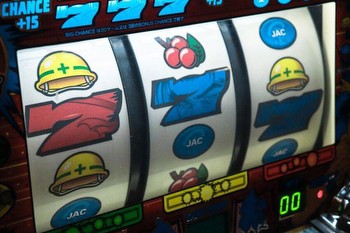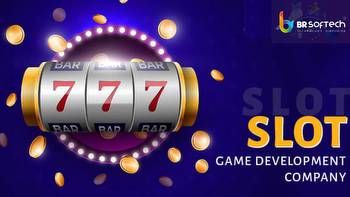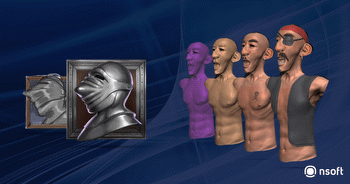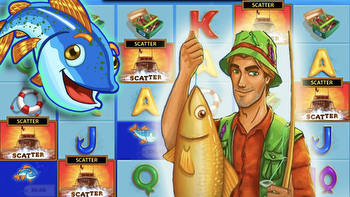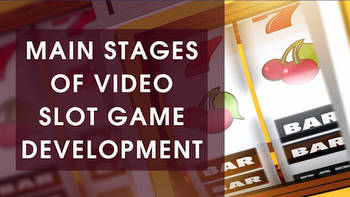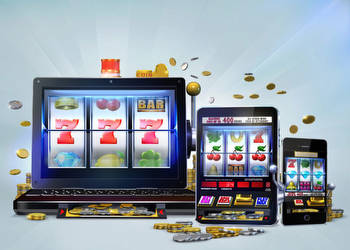The Stages of Slot Game Development: From Brainstorming to Releasing
Gaming is a highly popular pastime for many, with billions of people all around the world continually playing their favourite titles whenever they get a free moment to do so. Of course, there are a variety of different games available to enjoy, although there are some that are more favourable than others.
Slot games are some of the most popular online casino games. They are easy to play and can be quite lucrative. They can also look relatively simple, however the process is far from easy.
As we looked at these games, we wondered how do these games go from an idea in someone’s head to a playable product that people can enjoy? We know it is a question that many will have had at one point, which is why we decided in this blog post, to discuss the stages of slot game development, from brainstorming to releasing.
How many stages are there of slot game development?
Before we go deep into the stages that are required to take place, we thought it would be best to outline what each of them are. In total, there are five separate processes and stages that a developer needs to go through in order to get an idea from their head or paper into the marketplace as effectively and as efficiently as possible.
These stages are:
- Brainstorm
- Prototype
- Development
- Test
- Release
As you can see, the five stages highlighted above are rather obvious in truth, but they are crucial in ensuring that the best slots are made available to play online, whilst also ensuring the developer that creates them builds – rather than destroys – its reputation within a highly competitive market.
So, without further ado, let’s take a look at each of the stages in a little more detail.
Brainstorming
Brainstorming is the first stage of development. This is where the game’s concept is created. The developers will come up with an idea for a theme, or a story that they want to tell with the game. Naturally, this could end up being one of the hardest parts of the entire process, as developers will want to be able to come up with a game that is different from others, whilst also ensuring that it is an idea that could potentially work. Once the concept is finalised, it is time to move on to the next stage: prototype.
Prototype
The prototype is essentially a proof of concept. This is where the developers will create a basic version of the game to test out the mechanics and make sure that everything works as intended. This stage is very important as it will allow developers to see if the mechanics and the rules that they have come up with will actually work, and whether they make the game as enjoyable as possible to play.
It could be argued that this stage is one of the easiest to complete, as they will have done several prototypes for other titles that they have created, with many likely to feature similar aspects. Of course, developers are trying, though, to be different from each other and incorporate different features that may have never been experienced before, and those who read the 32Red blog will be able to look up many of the newest features to be introduced if they are unsure of what they are!
After the prototype is complete, it is time to start developing the actual game.
Development
During development, all of the game’s assets will be created, such as graphics, sound effects, and music. The gameplay will also be programmed and tested to ensure that it is fun and fair.
Obviously, this stage is where the game starts to come to life, but developers will want to spend as much time as they need to ensure that they get the right visual designs, graphics, and sounds as this can have a significant influence on how successful the game is once it has been created. Once development is complete, the game will be ready for testing.
Testing
Testing is an important step in the development process, as it allows developers to find and fix any bugs or glitches that may exist in the game. Once testing is complete and all of the bugs have been ironed out, the game can finally be released to the public.
Releasing
Naturally, once everything has been completed and everything has been signed off as being of the standard required, developers are able to release it to operators, who will then make it available to play from their collection of games!
Final Thoughts
There you have it, the simple process that slot game developers need to go through to ensure they release a title that works as intended!









